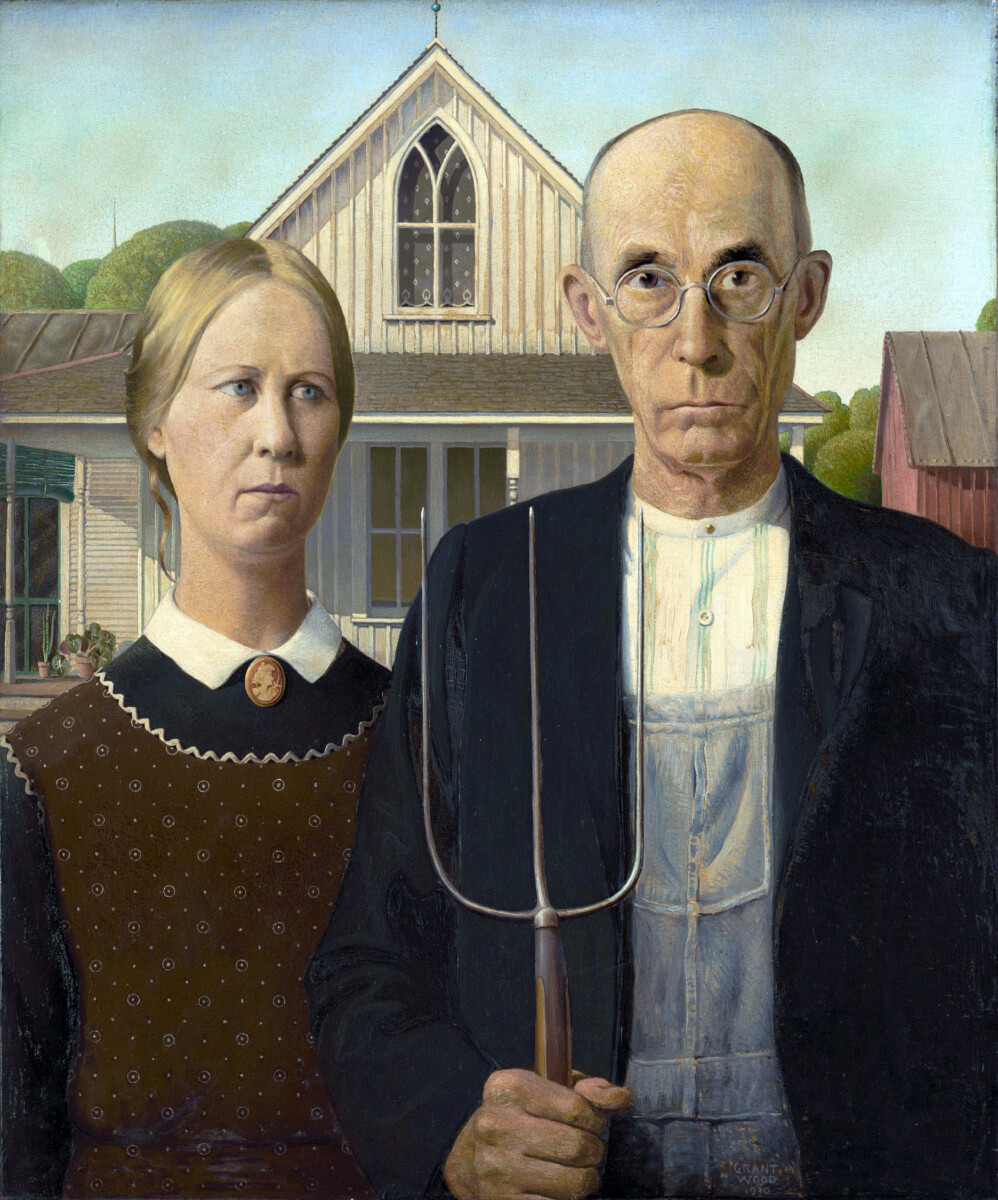The Humble Beginnings of Denim

Denim’s journey from workwear to fashion icon is a tale of transformation. Originally, denim was a fabric meant for the working class. In the 19th century, miners and laborers needed durable clothing to withstand their tough jobs. Denim, with its sturdy weave, fit the bill perfectly. The fabric was affordable, robust, and could endure the harshest of conditions. Its initial purpose was purely functional, with no hint of the glamorous future it would have.
The Levi Strauss Legacy

The story of denim cannot be told without mentioning Levi Strauss. In 1873, Strauss, along with Jacob Davis, patented the first pair of riveted denim jeans. This innovation was revolutionary. The rivets reinforced the fabric, making it even more durable for laborers. Levi’s jeans quickly became the go-to workwear for many. The brand’s name became synonymous with quality, marking the beginning of denim’s iconic status.
Denim’s Migration into Popular Culture

By the mid-20th century, denim began to seep into popular culture, thanks to Hollywood. Movies like “Rebel Without a Cause” showcased actors like James Dean sporting denim as a symbol of rebellion and youth. The fabric transitioned from a worker’s uniform to a statement of individuality. Teenagers, inspired by these silver screen icons, started wearing jeans as a form of self-expression. Denim was no longer just about utility; it was about making a statement.
The Fashion Industry Embraces Denim

The 1970s and 1980s saw denim’s debut on fashion runways. Designers started experimenting with the fabric, introducing various styles, cuts, and washes. Denim became versatile, adapting to every fashion trend. From bell-bottoms to acid wash and high-waisted styles, denim was everywhere. The fabric’s adaptability and timeless appeal made it a staple in every fashion enthusiast’s wardrobe.
Denim as a Global Phenomenon

Denim’s influence spread beyond the United States, becoming a global sensation. Countries around the world embraced the fabric, each adding their unique twist. In Japan, for instance, denim production became an art form, with brands focusing on craftsmanship and quality. European designers incorporated denim into high fashion, elevating its status further. Denim’s universal appeal transcended borders, making it a beloved fabric worldwide.
Innovations in Denim Fabrication

The denim industry has constantly evolved, with innovations in fabric production. Stretch denim, introduced in the late 20th century, revolutionized the market. This blend of cotton and elastic fibers offered comfort without compromising on style. Sustainable denim, focusing on eco-friendly production methods, is now gaining traction. Brands are investing in technologies that reduce water usage and pollution, ensuring denim’s future is as sustainable as it is stylish.
Denim’s Role in Social Movements

Throughout history, denim has played a role in various social movements. In the 1960s, denim became a symbol of the counterculture movement, representing freedom and rebellion. Activists wore denim to protests, using the fabric as a canvas for change. More recently, denim has been used to promote environmental causes, urging consumers to adopt sustainable fashion practices. Denim’s role in society goes beyond fashion; it is a tool for expression and change.
Denim’s Versatility in Modern Fashion

Today, denim’s versatility is unmatched. It seamlessly transitions from casual wear to high fashion. Denim jackets, skirts, and accessories have become wardrobe staples. The fabric’s ability to adapt to different styles and occasions is a testament to its enduring appeal. Whether it’s a pair of classic blue jeans or a designer denim dress, the fabric continues to be a favorite among fashion enthusiasts.
The Future of Denim

As fashion continues to evolve, so will denim. The future of denim lies in innovation and sustainability. Brands are increasingly focusing on eco-friendly production methods, ensuring denim’s legacy is not just stylish but also responsible. As new generations embrace the fabric, denim will continue to be a symbol of both tradition and modernity. Its journey from workwear to runway is far from over.
Denim’s Cultural Impact

Denim’s cultural impact is profound. It has transcended its origins to become a symbol of freedom, rebellion, and individuality. From music to movies, denim is a recurring motif, representing different eras and movements. Its ability to adapt and remain relevant is a testament to its iconic status. Denim is more than just a fabric; it is a cultural phenomenon that has shaped and been shaped by society.
The story of denim is one of evolution, adaptation, and timeless appeal. From its humble beginnings as workwear to its status as a global fashion icon, denim’s journey is a testament to its enduring charm and versatility.





